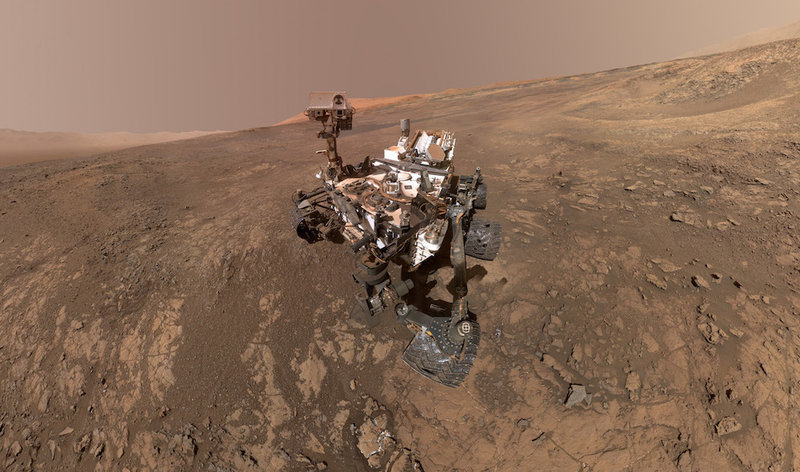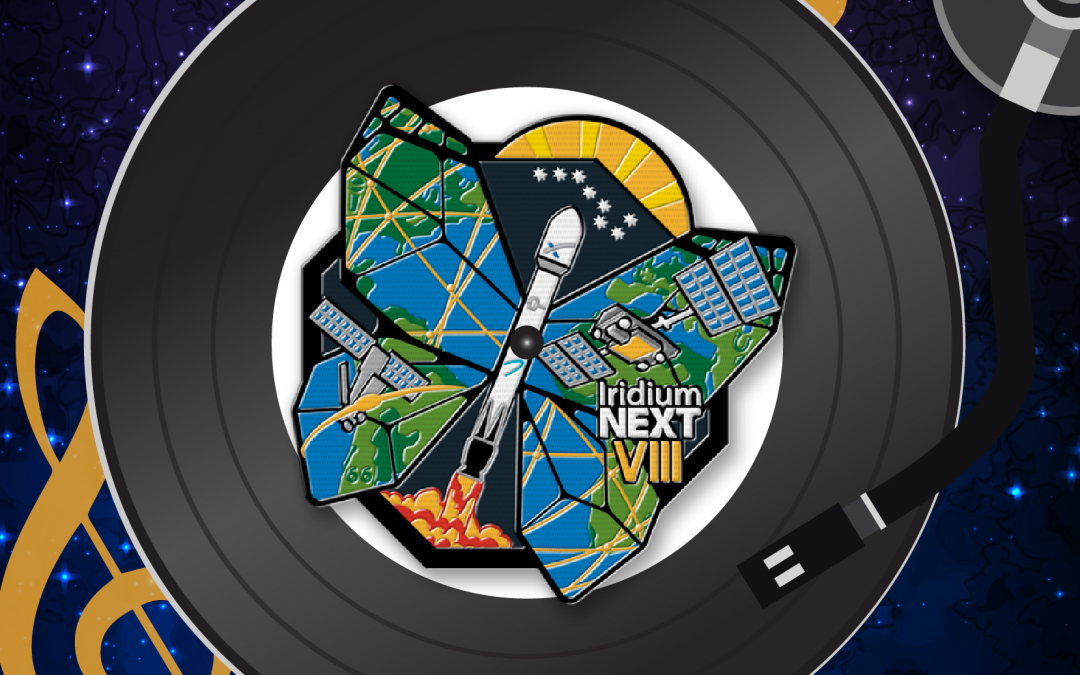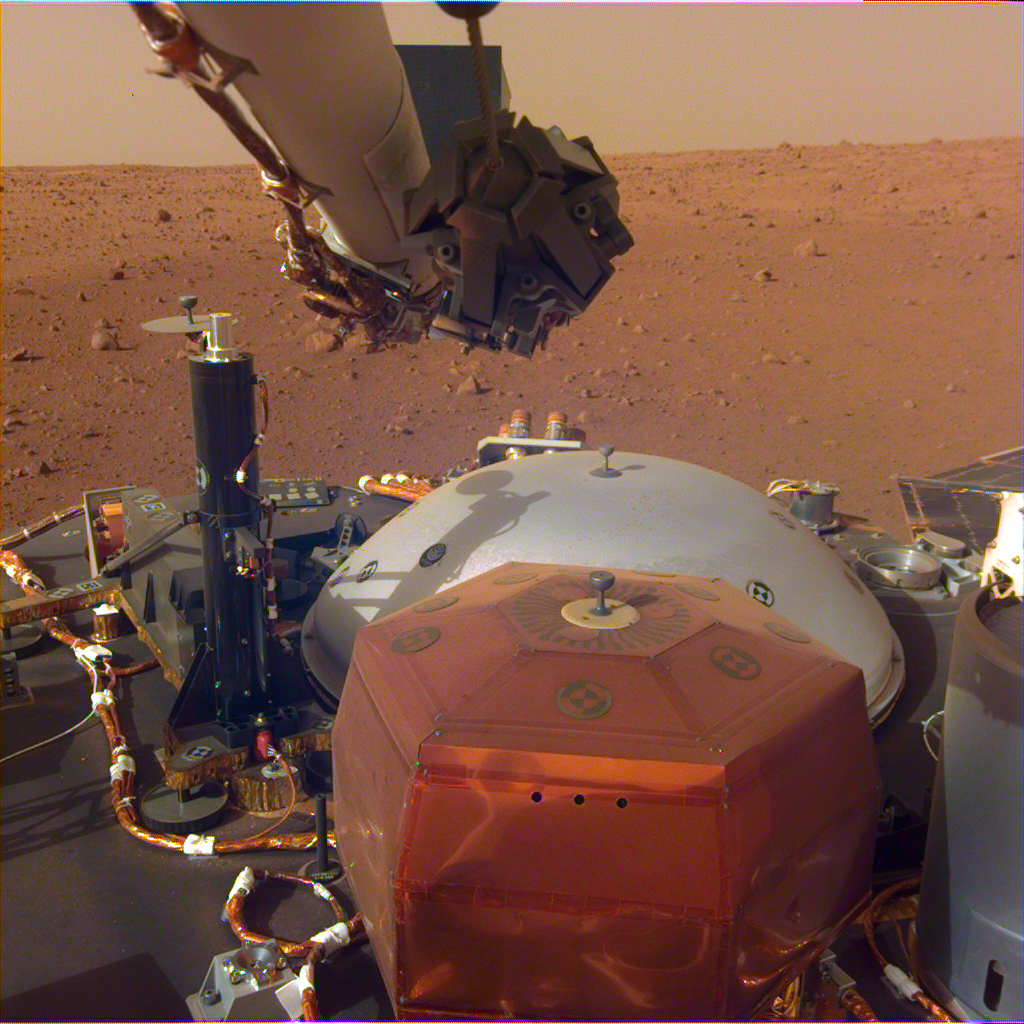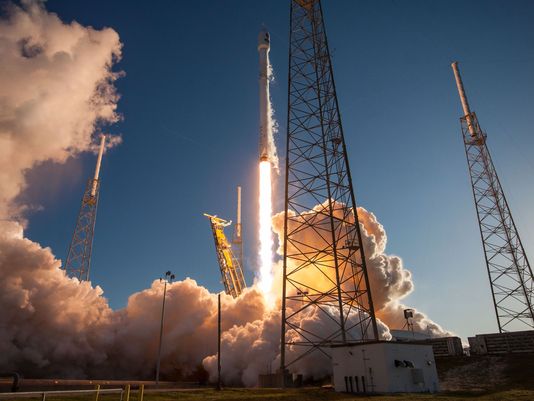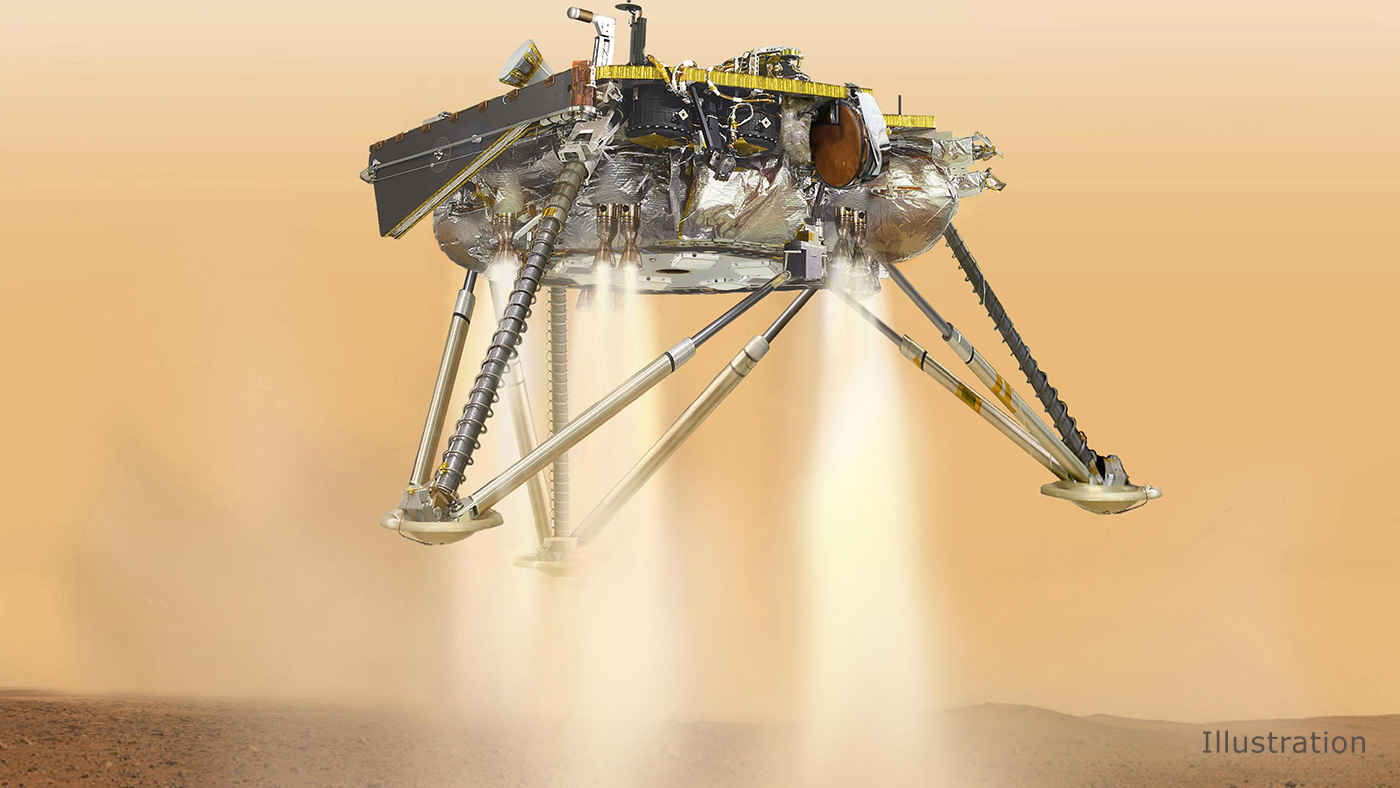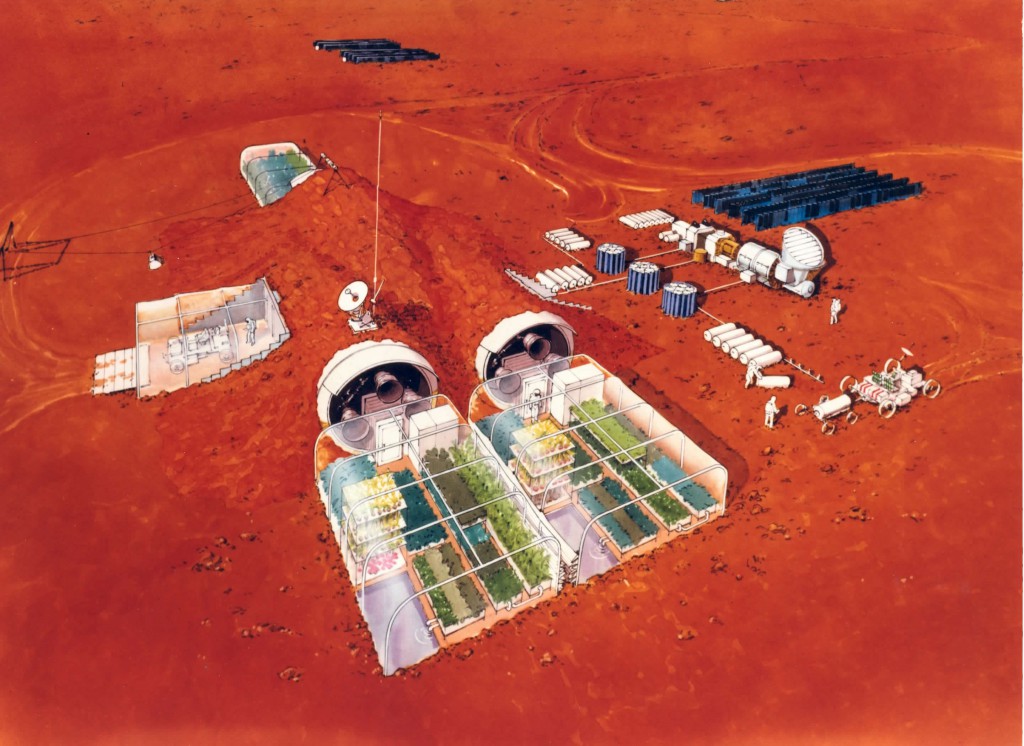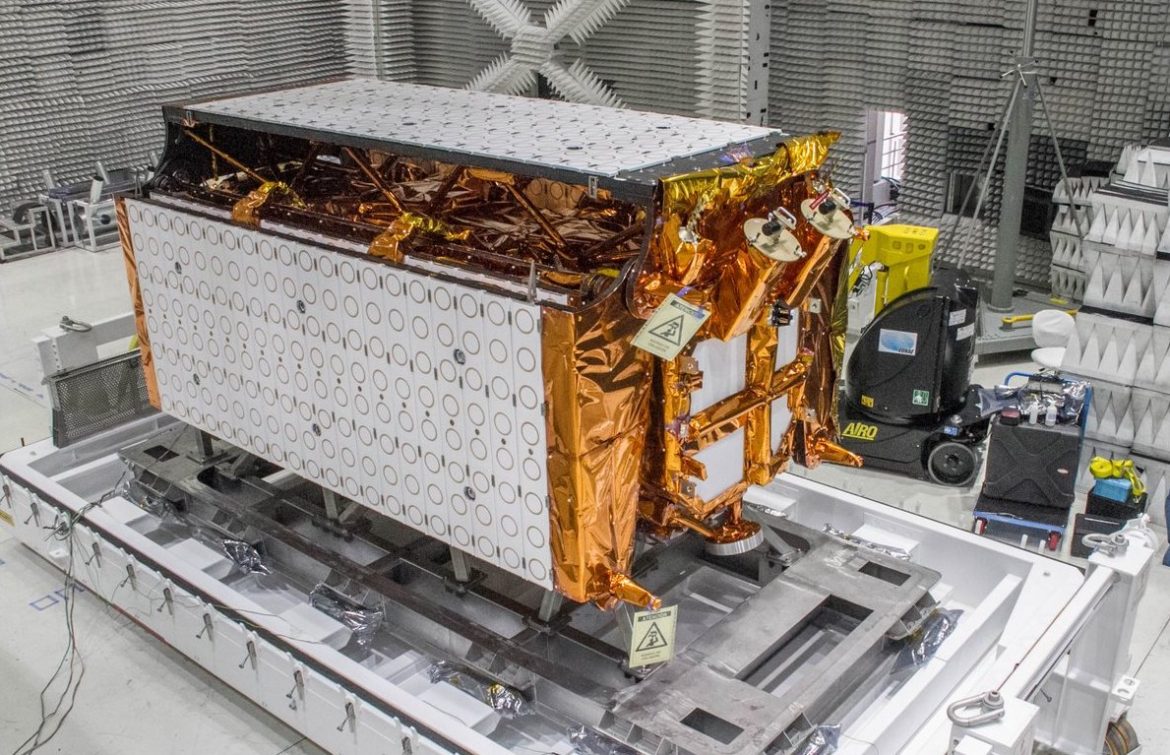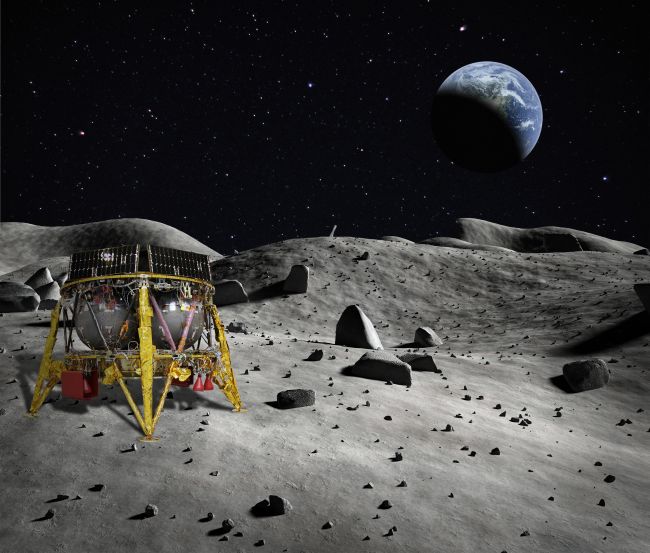
(Image Credit: SpaceIL)
Affordable spaceflight is enabling a new golden age of mankind going to the stars. This has been possible in tremendous part due to the extremely important innovation by SpaceX of reusable boosters which can land after launch, as we all know. As if this was not enough, a newly emerging trend in the launches we have been seeing is that of rideshare, where multiple companies launch their projects on a single flight, thereby further reducing the cost to each organization.
Tonight, SpaceX has a launch planned on of one of their workhorse Falcon 9 boosters, and this will be the third flight for this proven craft. Previously it flew the Iridium-7 mission in July 2018 and the SAOCOM 1A mission in October. This mission will feature three payloads, arguably the most exciting of which being an Israeli lunar lander! The Beresheet robotic lunar lander is a joint project between SpaceIL and Israel Aerospace Industries, and if successful will make Israel only the 4th country ever to land on the moon – ranking them among China, Russia and the United States. After the successful launch today, the craft will undergo an 8 week journey before landing on the lunar surface. In Hebrew, ‘beresheet’ means ‘in the beginning’.
The other payload on this ride share launch consists of the PSN-6 communication satellite from the Indonesian company PT Pasifik Satelit Nusantara as well as a U.S. Air Force satellite code named S5, intended to assist with identifying orbital debris which is an increasing problem.
The launch is scheduled for 8:45pm Eastern time, February 21st, from Cape Canaveral Air Force station (SLC-40), with a planned booster recovery on everyone’s favorite autonomous robotic droneship, Of Course I Still Love You!
You will be able to watch the launch live via the regular SpaceX production (embedded below) or on the SpaceIL Facebook page!
References:

